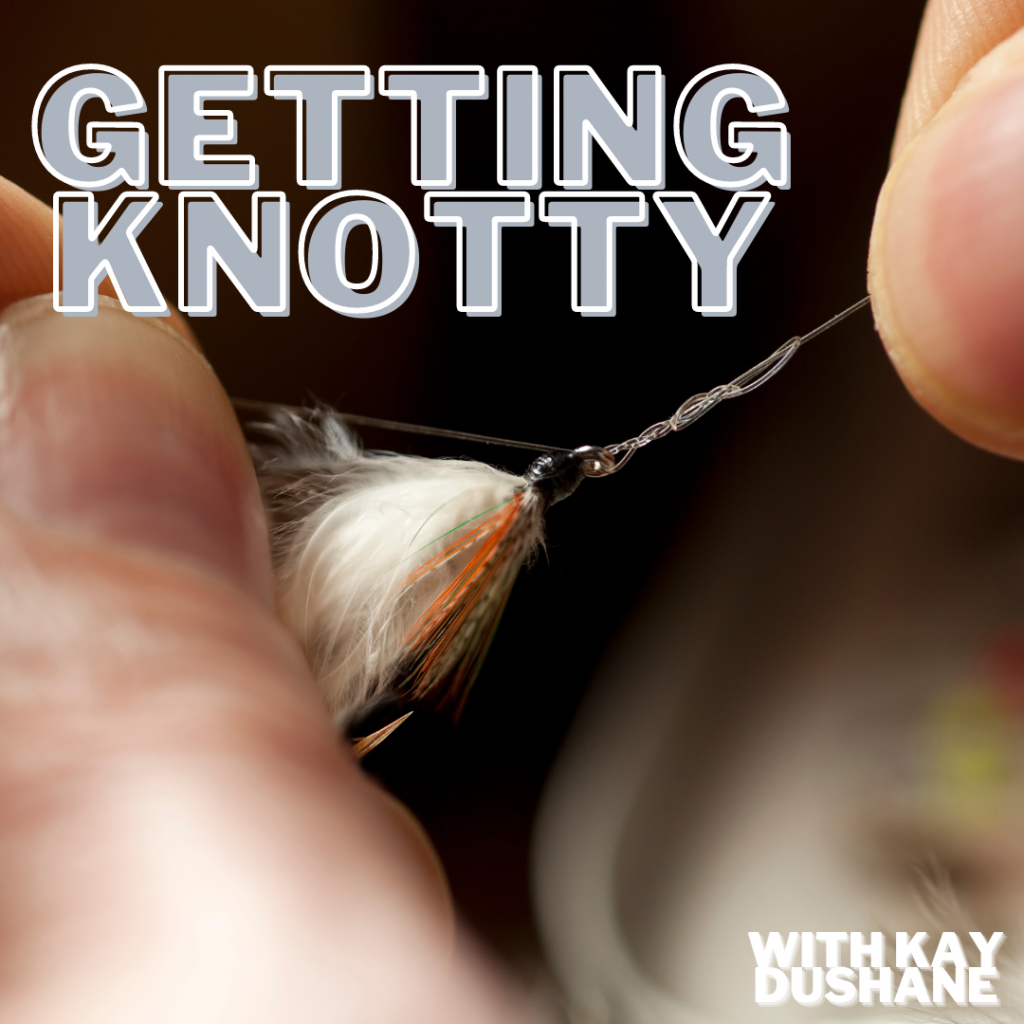Getting Knotty
This week we welcome Casting for Recovery Colorado volunteer, Kay DuShane, as our guest blogger! As you guessed by the blog’s title, Kay is discussing knot only (see what I did there) the fundamentals of what it takes to tie a proper knot but also the importance of it! Strengthen your knot game with the information below.
—
The excitement of seeing a little light at the end of the pandemic tunnel can’t be overstated. Halfway vaccinated, I’m currently daydreaming about my next saltwater fly fishing trip, and discussing with friends the knots they prefer for bigger fish. Little consensus is appearing! Every angler and guide seems to have their go to knots, and it can get downright heated as to the “best” knot to tie on a fly. Sometimes, I think fly fishing instruction intends to mystify our sport, but it’s totally unnecessary to make it difficult and overwhelm new anglers with too much information.
At Casting for Recovery retreats, we always want to keep it simple. Knowing just two simple knots can get you through a lifetime of independent fly fishing, for almost any species of fish. How great is that? You need to know one knot to tie on your fly to your leader/tippet, and another knot to tie tippet to your leader. At CFR retreats, we teach the Clinch Knot to attach your flies, and the Double Surgeon’s knot to add tippet to your leader. Once you learn these two knots and begin to use them, you won’t likely forget them.
Check out these YouTube videos (and search for others – there are many good ones):
A good knot is not a fancy, difficult knot, but one you are comfortable and practiced at tying, and which you can recognize when it “looks right.” Whatever knot you choose, always start over with a new tie if it doesn’t appear quite right, or if you can’t see the tag end – chances are good these knots could fail you. And always moisten your knot before snugging it; this prevents abrasion which can weaken the knot and ensures the knot seats well.
Everyone has their favorite knots, often the ones they first learned. Some people will argue about comparative knot strength, etc., but the most important thing is to be comfortable with the knots you use, to know when they look “right,” and be confident in them. A poorly tied 70% strength knot is worse than a 60% strength well tied and seated knot. As a knot geek, over time I have learned, and at times use, many different knots. But I didn’t need to learn them all in order to go fish effectively. Ninety percent of the time while trout fishing, I use the Clinch* and the Double Surgeon’s.
Practice these two knots a bit off the river (like when you’re watching TV or waiting for an appointment), and you’ll quickly master them. So, no more excuses: get out there and fish!
*Not to be confused with the “improved” clinch knot, which really doesn’t improve much, especially strength. Though many people habitually use this knot, it has tested to be weaker than a regular clinch knot (by me in the garage, and by actual scientific testing facilities). It also is more difficult to tie and seat correctly – no need for it!














